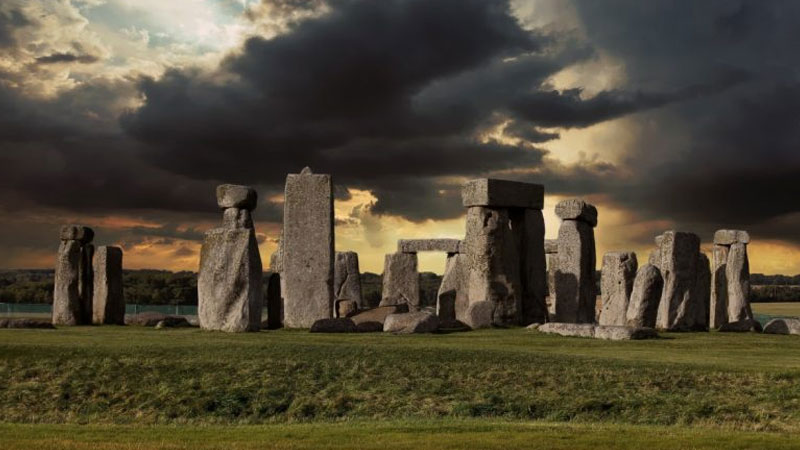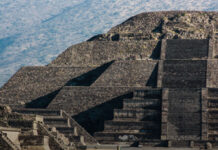
Many theories have already emerged about the Stonehenge monument, which continues to intrigue scientists and experts from all over the world.
The new theory was presented by Mike Pitts, a British expert on prehistory. According to the expert, one of the few who actually carried out excavations at Stonehenge, the main stones of the monument were always semi-buried more or less where they are today.
“In the 1970s, it was thought that the sarsens, the huge rounded sandstone stones typical of Stonehenge, had come from the Marlborough Downs, more than 20 miles away,” Pitts explains.
But according to Pitts, at least two of the largest stones at Stonehenge were already at the site long before humans arrived there: the Heel Stone, which is located about 75 meters from the center of the monument’s circle and weighs about 60 tons, and Stone 16.
“I believe that some of the stones from Stonehenge were already at the site. Pedra do Calcanhar, for example, everything indicates that it came out of that big hole,” said Pitts.
Right next to the Heel Stone, a six-meter hole was found, from which Pitts believes the sarsen may have been dug up by whoever brought the remaining stones to the site.
These two stones, the largest of the monument, are located some distance from the others and are aligned with the Sun during the winter and summer solstices. The expert believes that this alignment could be a mere coincidence, given the natural presence of the stones at the site.
But according to Pitts, this chance pre-alignment of the two stones may explain one of the mysteries of Stonehenge: Why weren’t the sarsens that were brought to the site erected in any other, even simpler, way? “Because the first two were already there, perfectly aligned”, explains the expert.
The Pitts study, published in the journal British Archaeology, is yet another piece of information to add to the mystery of Stonehenge, which continues to captivate scientists and tourists around the world.


















